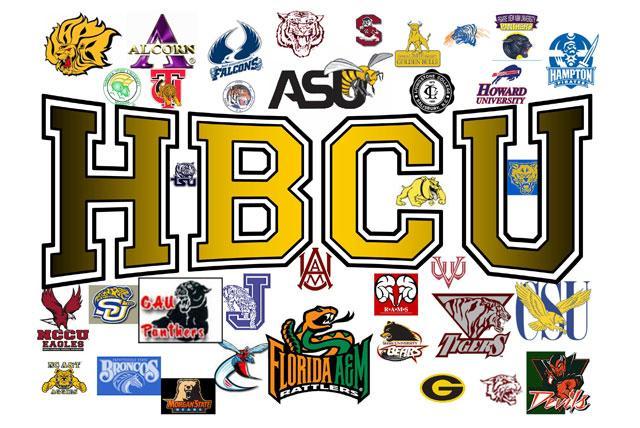Historically Black Colleges and Universities (HBCUs) were institutions established to provide higher education for Black students before desegregation, playing a crucial role in Black history by expanding access to education and professional opportunities.
HBCUs were founded in response to the systemic exclusion of African Americans from mainstream higher education. The National Museum of African American History and Culture states, “During Reconstruction (1863–1877), dozens of HBCUs were established when most higher learning institutions limited or barred African American enrollment.” These institutions created opportunities for African Americans to pursue careers that were otherwise inaccessible.
HBCUs have produced many influential leaders across various fields. Notable alumni include Dr. Martin Luther King Jr. (Morehouse), Oprah Winfrey (Tennessee State), and Vice President Kamala Harris (Howard).
These institutions have historically been centers for intellectual and social development. LabXchange notes that “HBCUs have educated many of the nation’s Black professionals, including 50% of Black lawyers and 80% of Black judges.”
In terms of academic performance, HBCUs support African American students in ways that many predominantly white institutions do not. The United Negro College Fund (UNCF) reports that “HBCUs outperform non-HBCU institutions in retaining and graduating first-generation, low-income African American students.” Smaller class sizes, culturally affirming environments, and targeted financial aid contribute to these outcomes.
HBCUs play a crucial role in STEM education. Despite making up only 3% of U.S. colleges and universities, HBCUs produce 17% of all bachelor’s degrees and 25% of STEM degrees earned by African American students. These institutions help diversify fields where African Americans remain underrepresented.
Beyond academics, HBCUs have been central to cultural and social movements. They provide spaces where African American traditions, arts, and activism flourish. According to the National Museum of African American History and Culture, “As post-slavery literacy rates grew exponentially, educated African Americans began to shape their own traditions in higher education.” These traditions continue to influence students today.
Financial challenges have been persistent for HBCUs, but recent investments aim to address these issues. In 2024, the Biden administration announced a $1.3 billion investment in HBCUs, adding to over $17 billion in funding since 2021. These efforts aim to support retention and access for students from disadvantaged backgrounds.
Philanthropic donations have also helped sustain HBCUs. Bloomberg Philanthropies recently contributed $600 million to four historically Black medical schools, addressing disparities in healthcare education. This donation significantly increased the endowments of the recipient institutions.
HBCUs have also been active in fostering political engagement. Students at these institutions have mobilized to influence elections and advocate for policy changes. A Reuters report highlights how students at HBCUs have recognized their collective power in shaping political discourse.
HBCUs remain essential to American higher education. Their historical role in expanding access to education, producing leaders, and fostering cultural identity underscores their continued importance. As these institutions receive increased investment and recognition, their impact is likely to grow, further contributing to social and economic progress.

